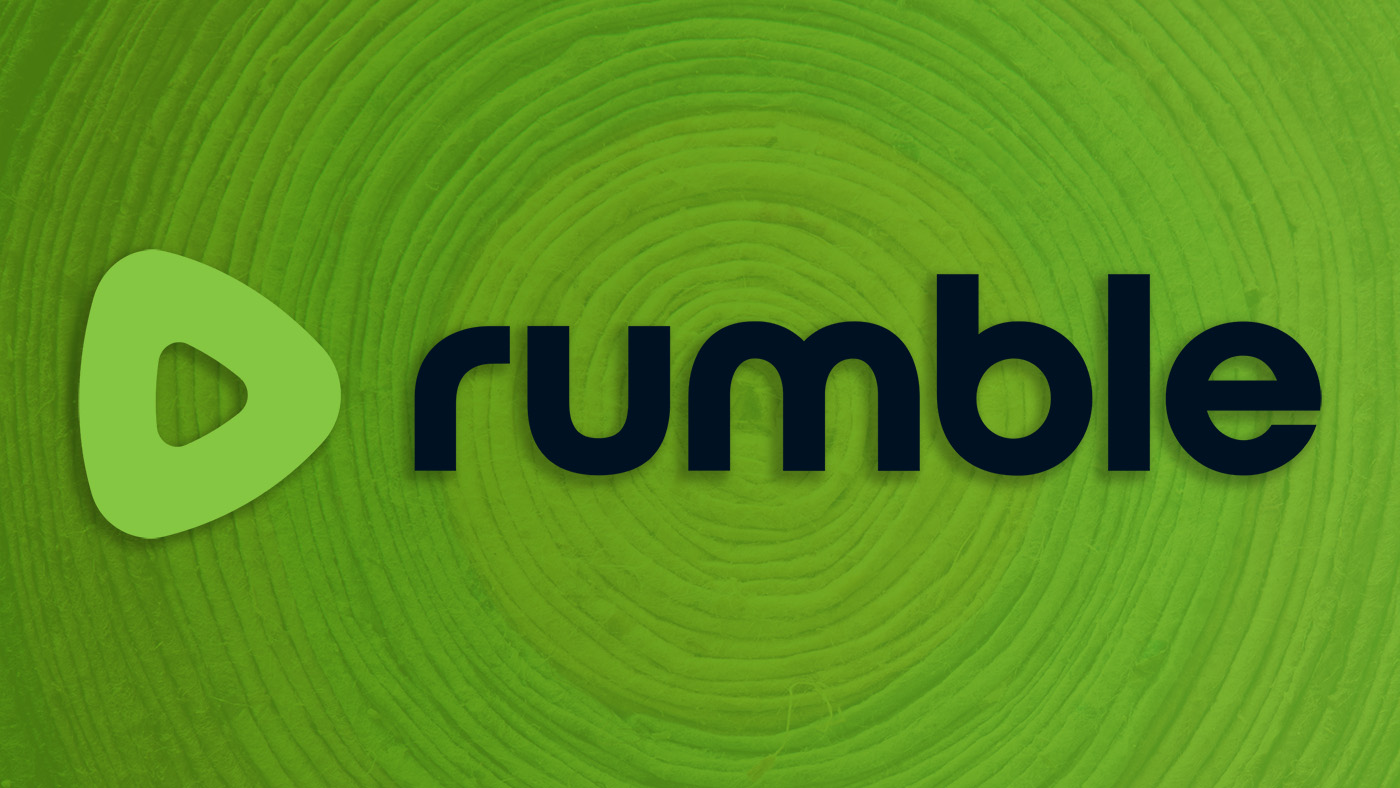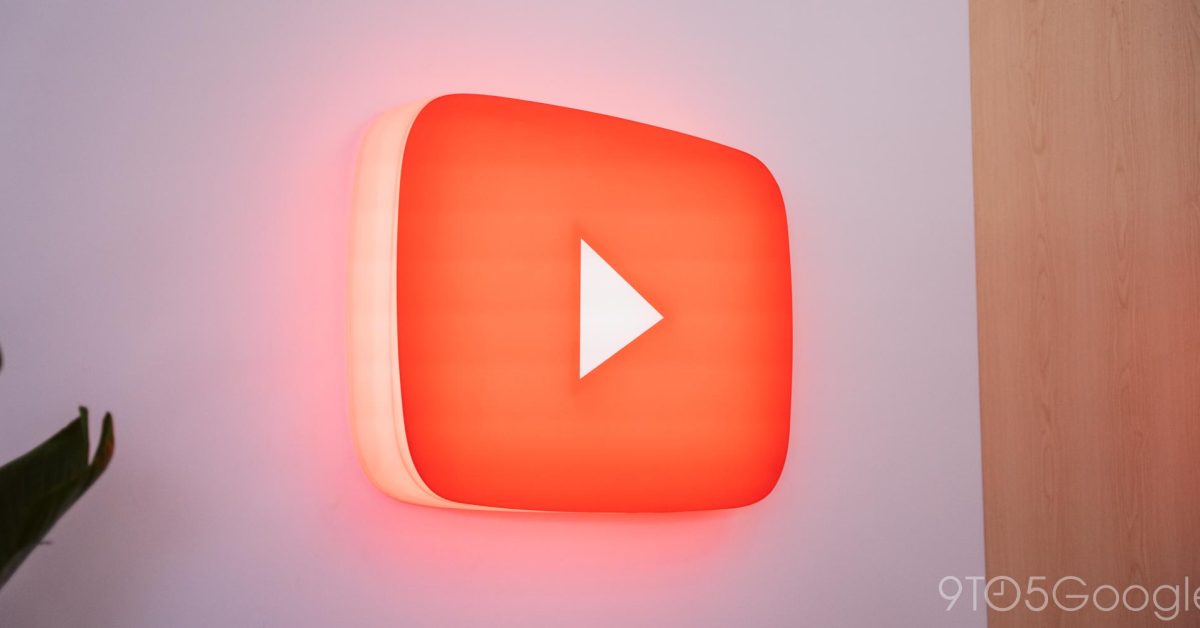Currently, there are not many alternatives to YouTube, and considering its size and ties to Google, it’s clear why. However, there are alternatives out there, such as Rumble. Although Rumble has been around for over a decade, not many know about this controversial platform. Let’s take a moment to discuss what Rumble is and the path it took to become the platform it is today.
What is Rumble?
Rumble is a video-sharing website founded in 2013 by Chris Pavlovski, a Canadian entrepreneur born to Macedonian immigrants. He created the platform to cater to smaller creators, feeling that larger platforms such as Facebook and YouTube were prioritizing bigger influencers.
For seven years, until 2020, Rumble served primarily as a platform for sharing viral videos of pets and children. However, during the 2020 elections, the site experienced explosive growth. By the end of 2022, Rumble expects to reach at least 80 million active users.
In essence, Rumble looks to be an alternative platform to YouTube where creators can upload videos, livestream and host podcasts. The website’s look can also be likened to YouTube, featuring categories on the top such as gaming, live, sports, viral, podcasts, finance and news, among others.
Rumble’s monetization and licensing options
Account types
Rumble offers four account types — personal, free, business, and publisher — each with its own monetization process. Payments are based on the number of shares videos receive. Here’s a closer look at each account type:
- Personal: Videos are viewable only by family and friends.
- Free account: Ideal for those seeking an alternative or additional platform to upload content. A free Rumble account is a good starting point for creators who want to potentially monetize their work.
- Business account: Best for creators who run livestreaming, as it provides control over hosting and monetization. If you need larger storage and bandwidth and prefer not to run ads, this account, starting at $25 per month, is suitable.
- Publisher account: Designed for those who wish to add and monetize their videos on platforms other than Rumble.
Licensing options
After deciding on the type of account, creators can choose from four licensing options — exclusive video management, exclusive management and personal use.
- Personal: No monetization or management by Rumble, and videos are not searchable since they are viewable only by a specific audience.
- Exclusive Management (Excluding YouTube): Rumble manages your videos. Upon approval, creators receive $50. Front-page content earns $100, and creators get 60% of ad revenue once advertisers approve the content.
- Exclusive Video Management: Rumble manages the videos, allowing them to be shared on YouTube and other platforms. Creators are paid 90% of YouTube earnings and 60% from other sites.
Rumble’s explosive growth in 2020
According to reports, Rumble began seeing a significant increase in its monthly visitors, reaching 21 million active users in the fourth quarter of 2020 and growing to 33 million in the first quarter of 2021. This rise in Rumble’s viewership began when Rep. Devin Nunes, a prominent right-wing figure, moved to the platform, believing that YouTube was cracking down on conservative channels, including his own.
The platform’s appeal to right-leaning users gained momentum in 2021, attracting investments from conservative venture capitalists Peter Thiel and J.D. Vance. Additionally, Rumble inked a deal with The Trump Media & Technology Group (TMTG) that year, as the platform was chosen to “deliver video and streaming for TRUTH Social.”
Prominent conservative streamers move to Rumble
More conservative influencers and figures, such as Dan Bongino, Dinesh D’Souza, Alex Jones and others, migrated to the platform. Dan Bongino, a former Secret Service agent and Trump supporter, now has more than two million subscribers on Rumble. Bongino’s YouTube channel was suspended and demonetized for spreading misinformation about COVID-19.
Citing what he called “censorship,” Bongino took an equity stake in Rumble and chose to host his podcasts on the platform. According to Bongino, “YouTube is crushing conservative voices.” He further stated, “We need somewhere to go where conservative views won’t be discriminated against.” Although, YouTube has historically been called out by the left as well, claiming the platform unfairly discriminates against their particular group. For example, as reported by Wired, a group of LGBTQ+ creators who filed a lawsuit against YouTube in 2019 allege that the platform labeled their content as “shocking,” “inappropriate,” “offensive” and “sexually explicit.” Additionally, the group contends that YouTube allowed homophobic users to post “vile and obscene content on the pages and channels of the LGBTQ+ plaintiffs and other LGBTQ+ content creators.”
Why is Rumble connected to so many right-wing streamers?
Rumble was not initially designed to appeal to conservatives, according to its founder, Pavlovski. However, due to its less stringent regulation on content, right-wing streamers found a platform where they felt they were not being “censored.” When asked about his opinion on the influx of conservative users on the site, Rumble CEO Pavlovski said, “We don’t get involved in political debates or opinions.”
“We continue to build the infrastructure to deliver a free, open, and neutral internet. Rumble was designed to be immune to cancel culture, and we are at the forefront of a movement that believes everyone benefits from access to a neutral platform that hosts diverse ideas and opinions,” he added.
Former President Donald Trump and the owner of The Trump Media & Technology Group (TMTG) selected Rumble for this reason, stating that their company “continues to align with service providers who do not discriminate against political ideology.”
Key policies of Rumble
According to Rumble, it’s policy doesn’t embrace “cancel culture.” Rumble’s policy reads:
“It is the freedom to freely express oneself on subjects that may run contrary to the official narrative without fear of sanction or censorship from the platform.”
Its moderation policy hasn’t changed since it was founded in 2013. In addition, Rumble proposed an open-source moderation policy in 2022 where a community of creators can give their feedback on policies that the platform will implement.
To elaborate Rumble’s policies, contents uploaded on the platform won’t be automatically flagged unless they are copyrighted and pornographic material. In the event that creators and consumers flag contravening contents, a manual review by Rumble representatives will be conducted. Additionally, content that involves unlawful conduct, pornography, stalking, discrimination against status and unauthorized advertising is not allowed on the platform.
A “neutral” platform or a platform for misinformation and conspiracy theories?
Although Rumble has claimed to be “neutral” and a platform for free speech, it allowed misinformation and conspiracy theories to stay on the site. Harvard Law School lecturer Evelyn Douek told Buzzfeed News, “If Rumble doesn’t want to be a haven for hate speech or harmful health misinformation or upset its user base and genuinely wants to moderate responsibly, it needs to think ahead about how it’s going to draw lines and, just as importantly, how it’s going to clearly communicate those lines to its users. ”










